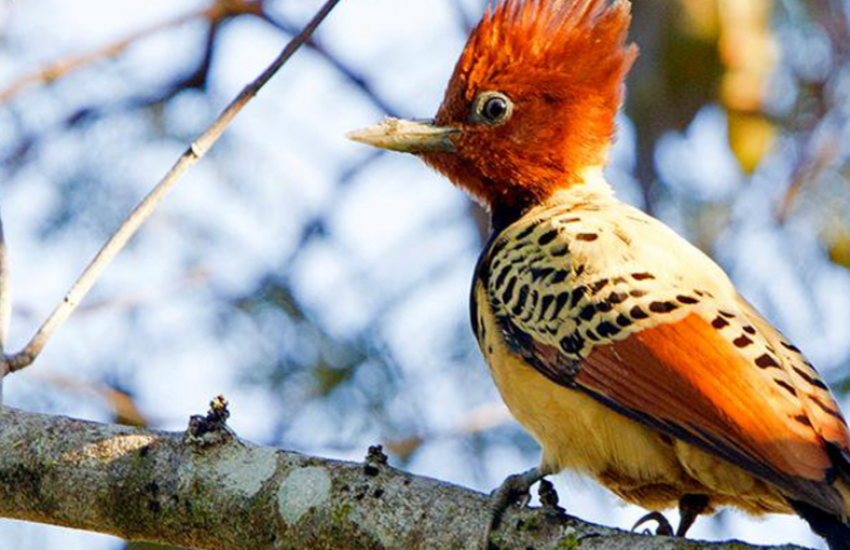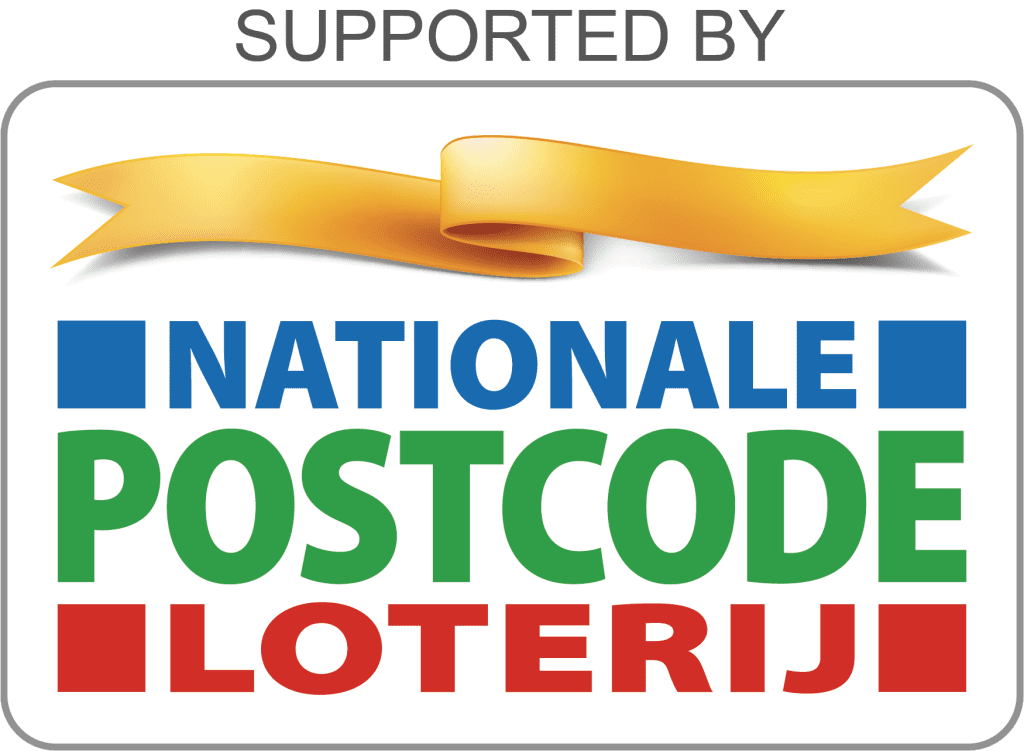Land Acquisition Fund ambassador Arjan Dwarshuis supports nature
16 December, 2024


Land Acquisition Fund ambassador Arjan Dwarshuis supports nature
16 December, 2024
Creating sustainable futures: Enhancing agarwood production in West…
11 December, 2024
Wednesday 09 october 2019
Header photo: Kaempfer’s Woodpecker © Ciro Albano
For decades, the threatened bird species Kaempfer’s Woodpecker was not seen anywhere in the Cerrado region, a tropical savanna area in the center of Brazil. The bird mainly lives in bamboo stands in the region’s tropical savanna and native palm forests, where it feeds on ants found inside the bamboo canes. The recent rediscovery of the bird sparked substantial effort to protect its habitat.
The species’ habitat is becoming fragmented because much of the natural savanna landscape in the Cerrado had to make room for agricultural activities, most importantly the expansion of livestock and soy plantations. Because of this, and the fact that the woodpecker does not currently occur in any protected areas, it is at great risk of extinction. Agriculture has expanded rapidly over the past years, causing land prices to rise. This makes it increasingly difficult for conservation organizations to purchase land and protect nature.
To conserve habitat for the Kaempfer’s Woodpecker and other Brazilian wildlife, IUCN NL’s Land Acquisition Fund is supporting Instituto Araguaia to privately lease a valuable piece of Cerrado habitat for a period of 10 years. Within a year, the organization will ensure that the land receives a Private Natural Heritage Reserve status. Once the lease ends, this status will remain and the habitat will be permanently protected.
Sadly, this area was not able to escape the violent wildfires that hit the country last summer. The adjacent Cantão State Park and neighboring parts of the Cerrado savanna were hit by wildfires. After several days of firefighting, Instituto Araguaia was able to stop the fires in Cantão State Park. But during the operations the NGO’s car, which is an essential element in detecting and fighting the fires, broke down. IUCN NL and other NGOs are now providing financial support for the purchase of a new vehicle which will again enable the team of Instituto Araguaia to take adequate action after receiving fire alerts from the field.




16 December, 2024
Did you know that world record holder in bird watching Arjan Dwarshuis is ambassador for the Land Acquisition Fund? The…
11 December, 2024
In Padang Laweh, West Sumatra, the Social Forestry Business Group (KUPS) Putra Harapan is striving to create sustainable livelihoods while…